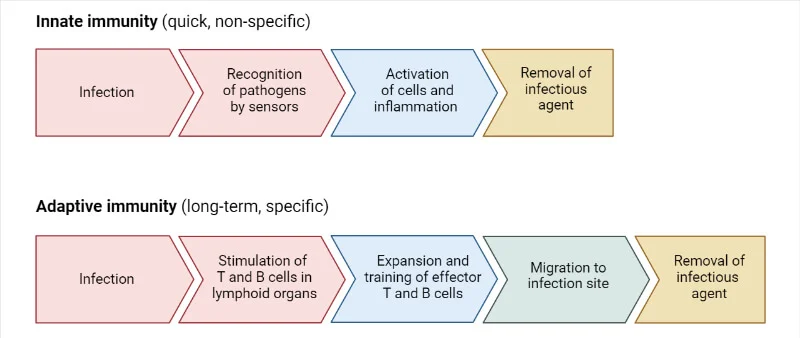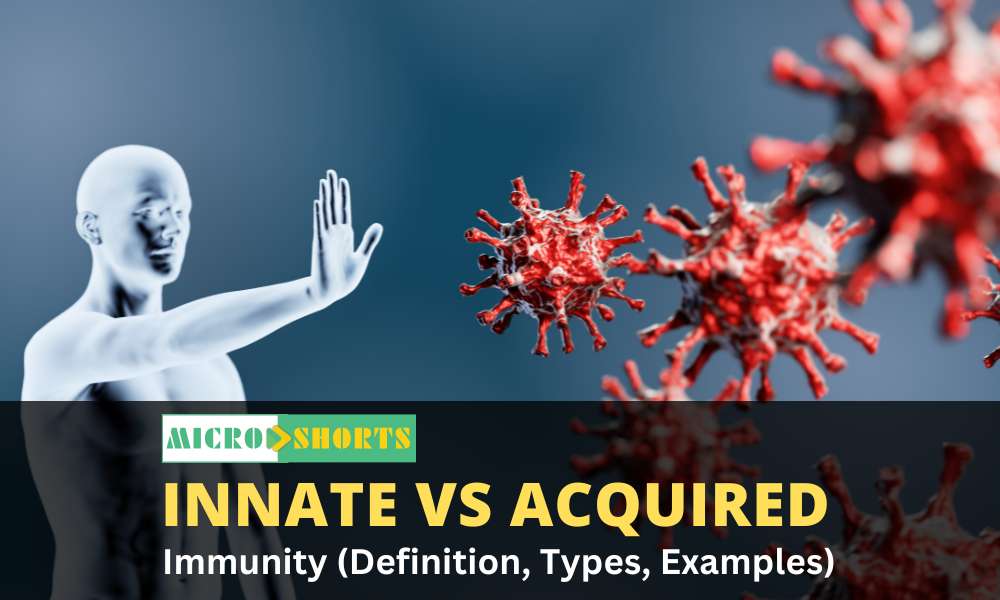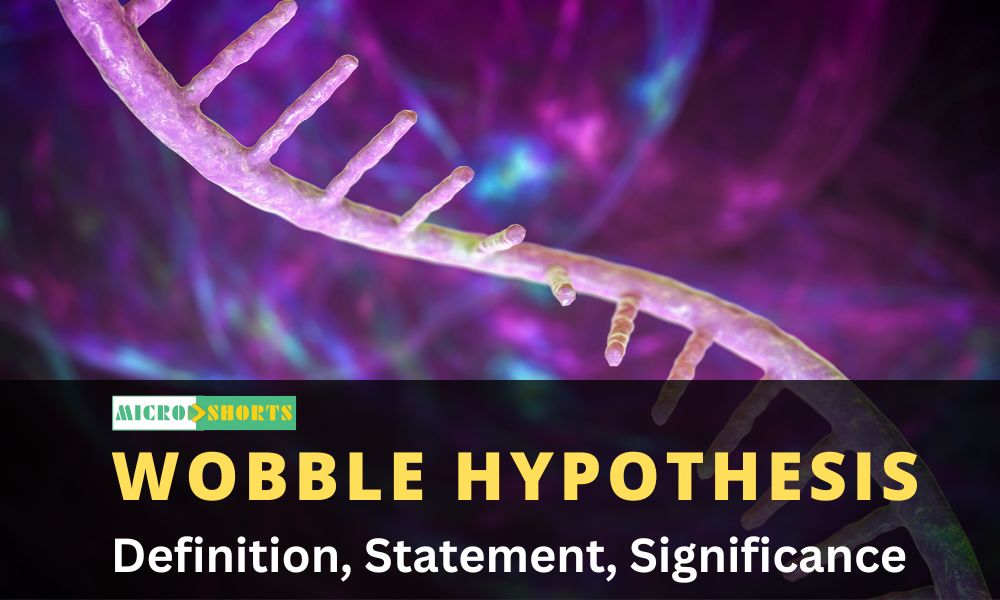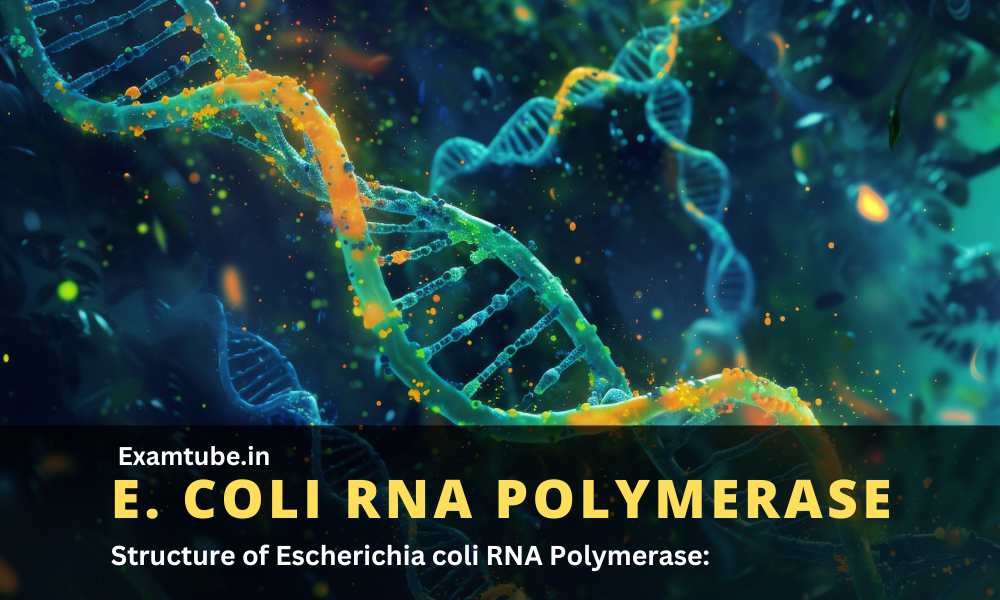What is the Immune system?
The immune system is the complex network of organs, cells, and proteins that protects the body against infections. This defense system proceeds via the recognition and processing of foreign substances. The network consists of the lymphatic system, complement system, spleen, thymus, bone marrow, and cells (WBCs, B cells, T cells).

What is innate immunity?
The nonspecific arm of the immune system with which an
individual is born is termed innate immunity (also called natural immunity).
The innate immunity acts as a barrier against foreign invading materials. These
barriers form the first line of defense and aid in the activation and
modulation of the adaptive immune response. The immune system of the body
proceeds by recognition, presentation, and processing of foreign invaders,
followed by their clearance from the body.
The components of the innate immune system based on innate
immunity development include physiological barriers, anatomical barriers,
phagocytosis, and inflammatory responses.
Physiological
barriers: These components include the epithelial lining of the
skin, mucous membrane, and physical parameters like temperature, pH, and
barriers like enzymes, antimicrobial peptides, cytokines, etc.
Anatomical
barriers: Being non-specific, many components have pattern recognition
in which receptors referred to as pattern recognition receptors (PRRs) can
recognize unique molecules present within microbes called
pathogen-associated molecular patterns (PAMPs).
Phagocytosis: It
is an endocytosis process in which the foreign body is ingested by
specialized cells called phagocytes. Phagosomes are formed when these
foreign bodies are ingested, which is a vacuole surrounding these bodies.
Later on, the lysosome present within the phagocytes fuses with the
phagosome, forming a phagolysosome. The release of lytic enzymes present
in lysosome eventually lyses the infectious agent hence clearing the
infection.
Inflammatory Reactions: Inflammatory reactions are induced with four cardinal features when host tissue gets damaged. These features include calor (temperature rise), dolor (pain), rubor (redness), and tumor (swelling). Histamines, proinflammatory cytokines, defensins, and kinins are mediators of inflammatory reactions.

Types of innate immunity
It includes individual, racial, and species immunity.
Individual
immunity: Some individuals of the same race and same species can have
varied experiences with certain infections. For example, children are more
susceptible to viral fever than adults.
Racial
immunity: Individuals of different races within the same species have
varied susceptibility or resistance toward infection caused by the same
etiological agent. For example, races with sickle cell anemia prevalent in
Africans on the Mediterranean coast are resistant to malaria caused by
Plasmodium falciparum. This is because sickle cell anemia causes an
alteration of the shape of the erythrocyte, which prevents its
parasitization.
Species
immunity: Individuals from different species have different
susceptibilities toward any infection. For example, humans are not
affected by chicken cholera, infectious horse anemia, etc., while animals
are resistant to many human diseases like syphilis, gonorrhea, measles,
etc.
Innate immunity in an individual is also influenced by other
factors, such as:
Age: Very old people and young ones are more susceptible to
infections when compared to adults.
Hormonal level: Any individual under
corticosteroid hormone treatment is more susceptible to infection. Likewise,
hormonal disorders like hypothyroidism, diabetes mellitus, etc., can make the
individual more prone to infections.
Nutritional status: Nutritional status of the
host, like deficiency of vitamins and proteins, makes an individual more
susceptible to infections.
Significance of innate immunity
- Physical
and chemical barriers prevent the entry of foreign materials.
- If
the infection is established, a cascade of complement reactions and
phagocytosis helps clearance of the infecting agents.
- It
activates the adaptive immune system by the release of cytokines and
antigen presentation.
Innate immunity examples
- Gastric
acidity, whose high pH prevents the entry of pathogens inside the body by
microbicidal effect.
- Skin
that acts as a barrier against invasion of foreign bodies inside the body.
- Phagocytosis
of Mycobacterium tuberculosis by antigen-presenting
cells.
What is Acquired (Adaptive) Immunity?
The specific arm of the immune system possessing exquisite
specificity of antigen recognition and is acquired by an individual during his
lifetime is termed acquired immunity. The mediators of acquired infection
include:
- Humoral
immunity: Serum proteins called antibodies produced by B cells
mediate this type of immunity. The humoral immune response protects the
body against extracellular infections. Activation and differentiation of B
cells into antibody-secreting plasma cells occur when these extracellular
antigens are recognized by body cells, especially helper T cells.
- Cellular
immunity: The immune response in cellular immunity is mediated by
T cells. Cellular immunity protects the body against intracellular
infections. The initial step in cellular immune response involves
recognizing the antigen by phagocytes, then sensitization of cytotoxic T
cells, and, finally, releasing cytokines in response to that antigen.
In case of a repeated encounter with the same antigen, memory T cells made during initial exposure act by a faster and more potent response.

Types of Acquired (Adaptive) Immunity
When a pathogen enters the body, acquired immunity can be
induced by the host body or by the artificial transfer of antibodies/
lymphocytes inside the host body.
- Active
immunity: This is the type of acquired immunity developed in the
host body itself because of exposure to the pathogen. When the antigen is
recognized by the host cell, an immune response develops, forming
antibodies/ helper T cells or cytotoxic T cells. Active immunity, when
developed by natural infections, is called natural active immunity,
whereas when developed upon exposure to preformed vaccines is called
artificial active immunity.
- Passive
immunity: When the host body acquires immunity in the form of
preformed serum or lymphocytes, it is called passive immunity. Natural
passive immunity is acquired when a mother passes IgG to the fetus during
pregnancy, and artificial passive immunity is acquired by the
administration of preformed antibodies that help in the neutralization of
the antigen.
Significance of Acquired (Adaptive) Immunity
- When
foreign antigens are presented by professional antigen-presenting cells
(APCs) or upon release of cytokines from cells, adaptive immunity comes
into the act.
- Antigen-specific
antibodies help to neutralize the infection.
- Immunological
memory is developed in the form of memory B cells which respond
immediately upon the re-exposure to the specific infectious agent.
- T
helper cells help in the activation of other immune cells.
- Cytotoxic
T cells destroy cells infected with viruses and tumor cells.
- Regulatory
T cells suppress immune response when required, preventing body cells from
unwanted self-attack.
Acquired (Adaptive) Immunity Examples
- When
phagocytes cannot clear Mycobacterium tuberculosis bacilli
alone, the release of cytokines activates cytotoxic T cells.
- After
primary infection with COVID-19, secondary infection is less severe as
memory has developed during primary infection.
- Infections
due to the Ebola virus and Cytomegalovirus also have the potency to
develop memory cells making reinfection less severe.
Innate Immunity vs. Acquired Immunity (6 Differences)
|
Innate immunity |
Acquired immunity |
|
Innate immunity in any individual is present at birth. |
Acquired immunity in an individual develops after birth
upon exposure and recognition of foreign antigens. |
|
Innate immune response forms the first line of defense
against infectious disease. |
If innate immunity cannot clear the infection on its own,
acquired immunity is developed. |
|
Innate immunity lacks strict recognition (non-specific). |
The acquired immunity proceeds via specific recognition. |
|
This immune response occurs immediately after exposure to
foreign bodies. |
This immune response occurs relatively late and may take
days to weeks. |
|
It involves anatomic and physiologic barriers. Phagocytic
and cytotoxic cells are involved. |
It involves B and T lymphocytes. |
|
No immunological memory is created. |
Immunological memory develops upon repeated exposure to
the pathogen. |









Comments